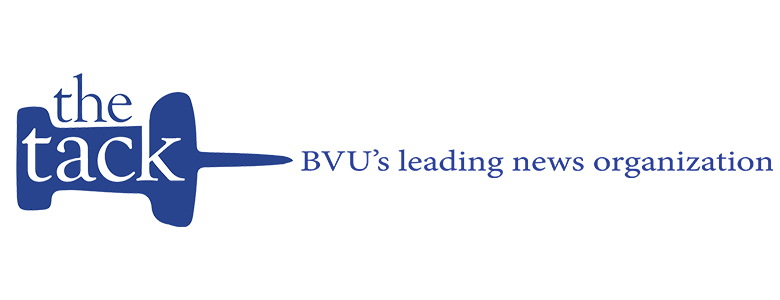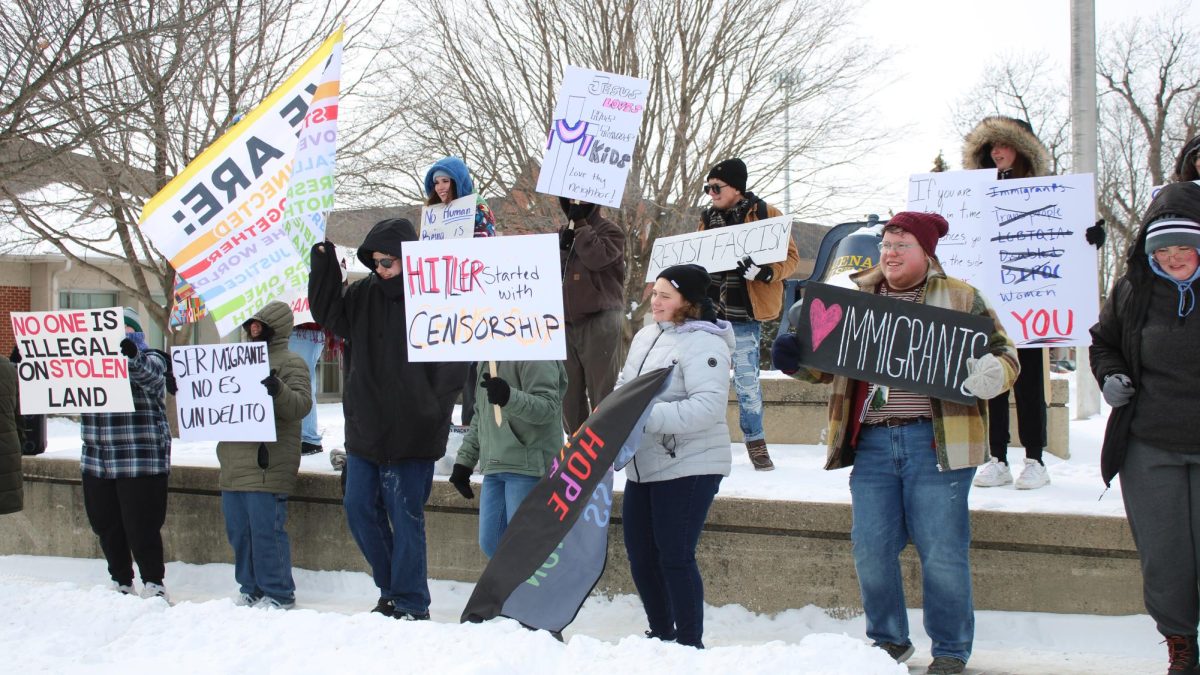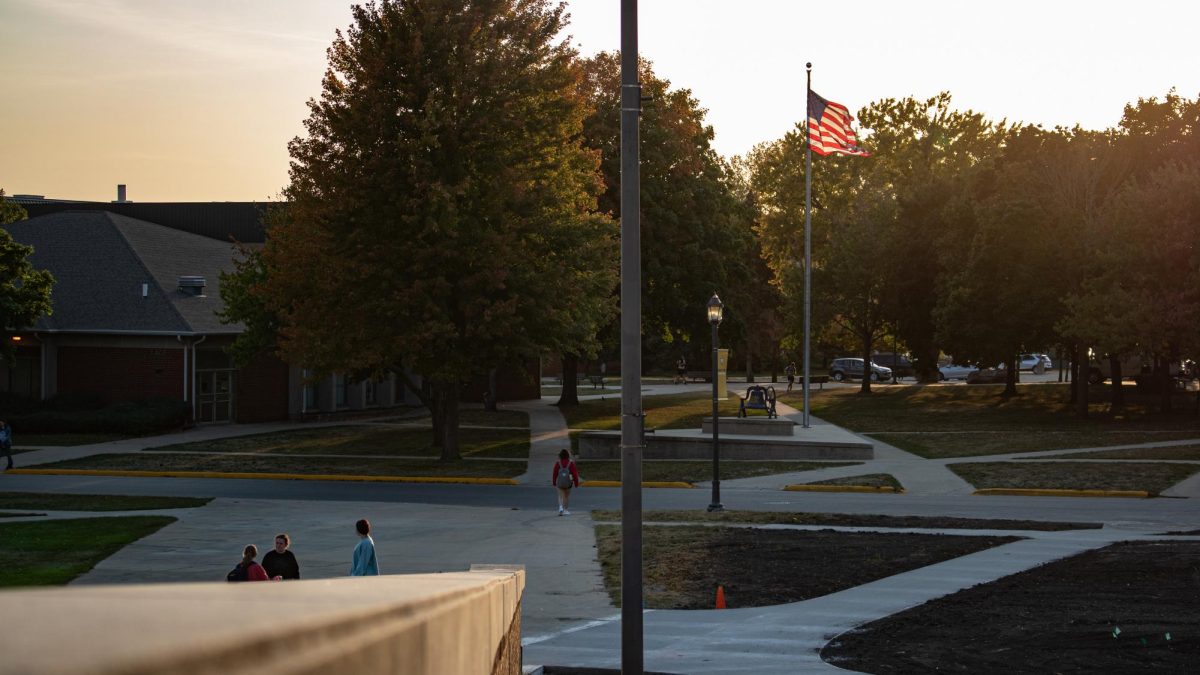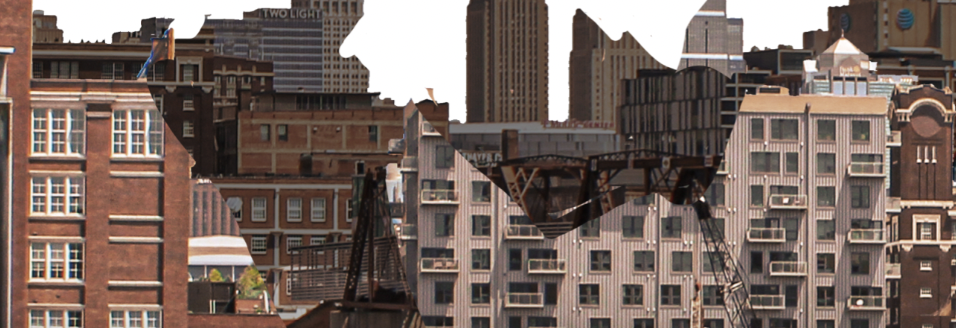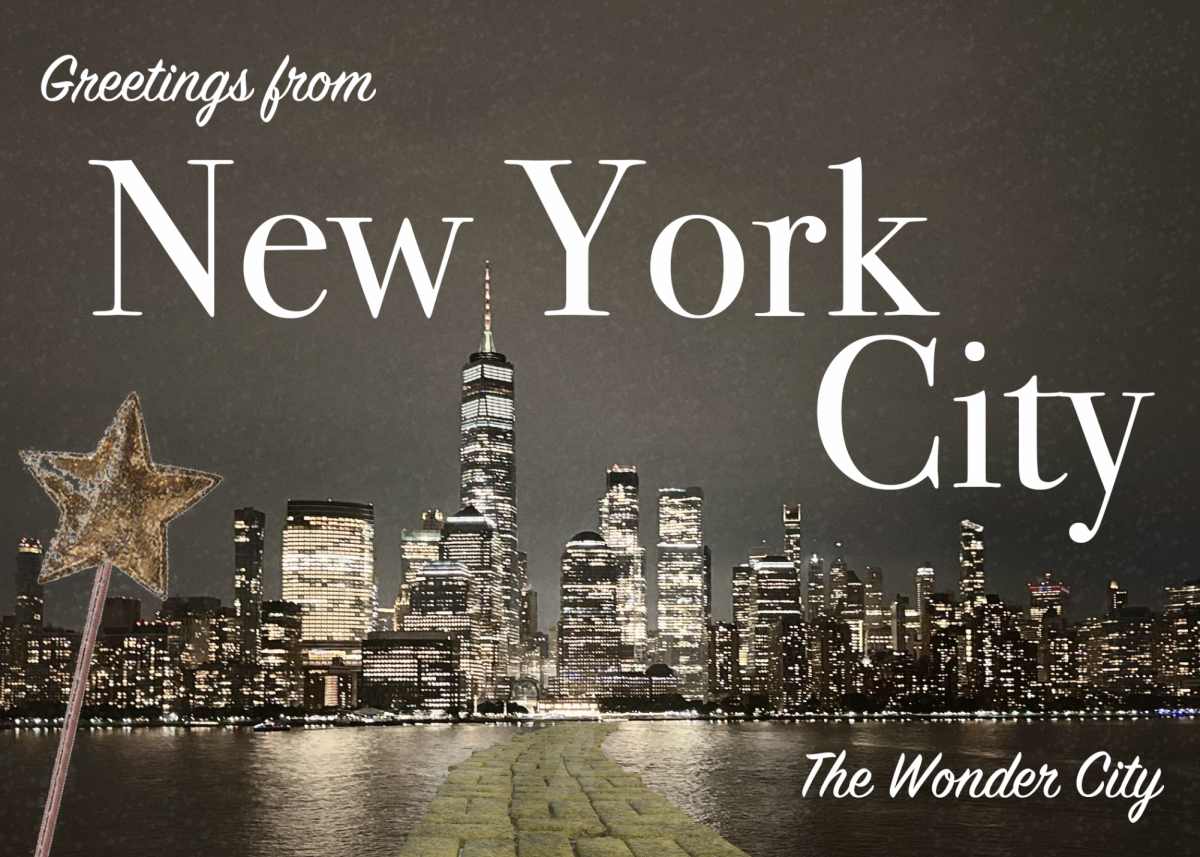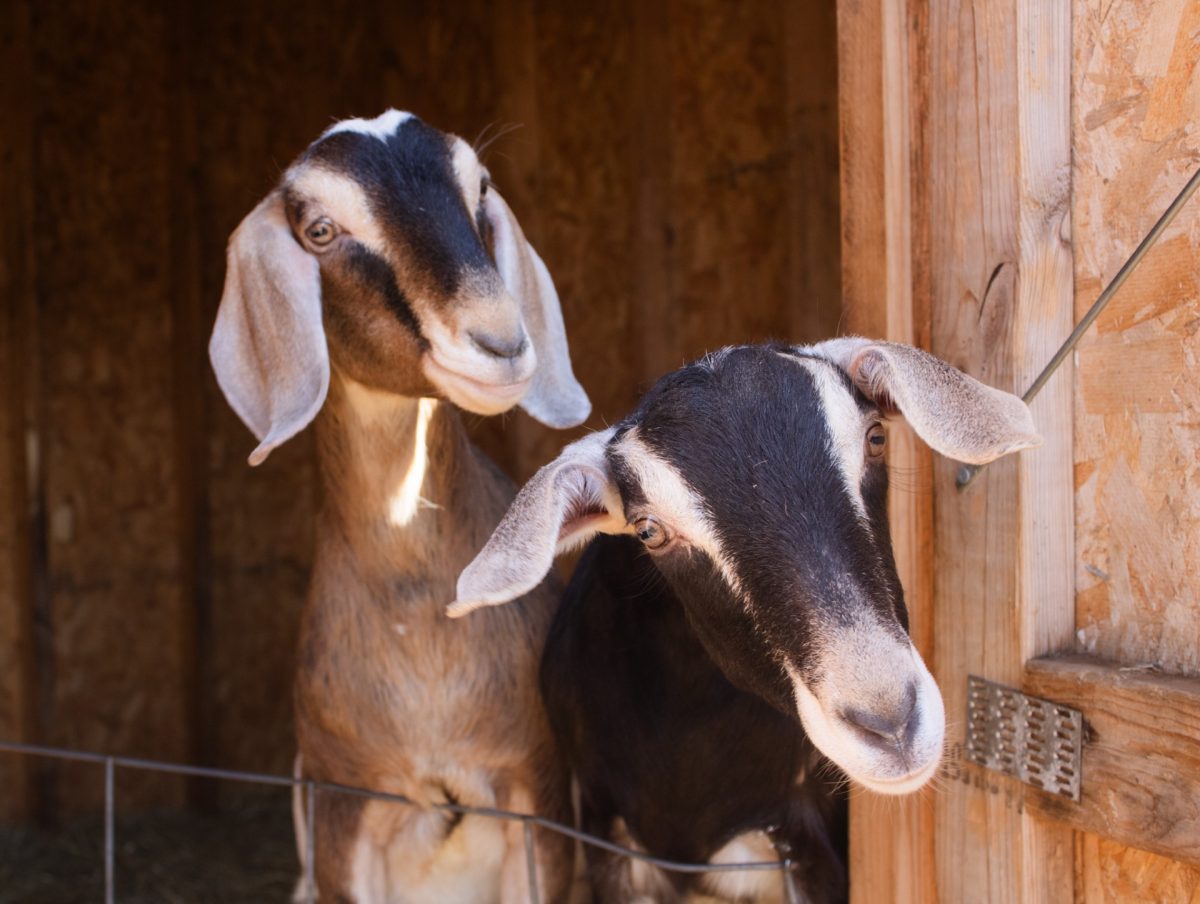December 16, 1773. The first great American protest. A group of colonists dumped tea into the Boston Harbor. People listened. The movement that followed led to the Revolutionary War.
March 3, 1913. Thousands of women marched in Washington, DC to call for women’s suffrage. In 1920, women’s right to vote was added to the constitution.
August 28, 1963. The March on Washington. Martin Luther King Jr delivered his “I Have a Dream” speech to more than a quarter million people. A year later, President Lydon Johnson signed into law the Civil Rights Act.
America has a loud, proud history of people raising their voices, and refusing to let government or corporations feign deafness to their cries. Protest is so inherently American that it leads our Bill of Rights in the First Amendment: the right of the people peacefully to assemble.
On April 5, 2025, over 1,200 locations in America protested, in all 50 states. Over 100,000 people showed up in Washington, DC alone. The estimate for turnout across the nation was over 5 million protestors. Their rallying cry? Hands off. Hands off the VA, hands off healthcare, hands off social security, the list goes on.
These protests are the creation of a new social movement, one that’s formed in response to the rising political polarity in America. It works through a web of grassroots organizations and word of mouth. There is no figurehead, no one person to jail or assassinate to stop the momentum. A true people’s movement.
The thing holding the movement back, of course, is doubt. There are plenty examples of people on social media complaining that peaceful protests just don’t work. Of course, there are plenty of examples of peaceful protests that don’t achieve their goals.
The White House Historical Association says, “The Vietnam anti-war movement was one of the most pervasive displays of opposition to the government policy in modern times.” Protestors gathered on college campuses, government buildings, and even the White House. They blocked roads and made encampments. However, America did not back out of the Vietnam War, as the protestors demanded.
So what sets successful protests apart? The simplest answer is numbers. Harvard researcher Erica Chenoweth calls it the “3.5% rule”. This means that 3.5% of the population must be actively participating in protests for a nonviolent movement to create political change. While this might seem like a small amount, the 3.5% doesn’t refer to public opinion. It means that there is 3.5% of the population that cares so much about an issue to take to the streets and protest. If that many people are actively involved, there are probably more people who share the views, just from the comfort of their living rooms.
In an interview with NPR, Chenoweth elaborates on factors that help social movements succeed. As mentioned above, size is a big asset to any movement, but so is diversity. The more diverse a movement is, the more people from different walks of life are agreeing on a shared cause. That not only contributes many point of views and approaches to any actions, but proves that it’s an issue that unites people. Discipline is also an important factor. Chenoweth says that disciplined movements “stick to their own message and their own plan tactically”.
Successful protests are ones that influence opinions of people outside of the movement. This means that the reach can’t be limited to likeminded individuals. Even if a single protest isn’t convincing people to join the cause, sparking thought and discussion is important for a movement’s success, as well as an important aspect of American democracy. Citizens need to be in constant conversation with each other to learn and make informed decisions.
Each person that contributes to a protest or movement helps the cause. You can’t reach 3.5% of America’s population (11.9 million people, if we’re counting) without a lot of individuals showing up. We’ve spent a lot of time explaining how bigger and better protests make change, but being one face in the crowd isn’t the only way to raise your voice.
Sometimes, one singular protestor on a street corner can make a difference, if they’re holding a sign that makes people think. One social media post, one tough conversation, or one piece of art put out into the world can open channels of communication that let our country change and grow.
Protests are the way we change our country, but smaller actions can help change our communities. If we want to build up to our voices being heard on a larger scale, we have to speak up in the little spaces, too. So on protest days, make your signs, march in the streets, and chant to the world what you believe in. But don’t forget to love the people around you on the weekdays, too.

